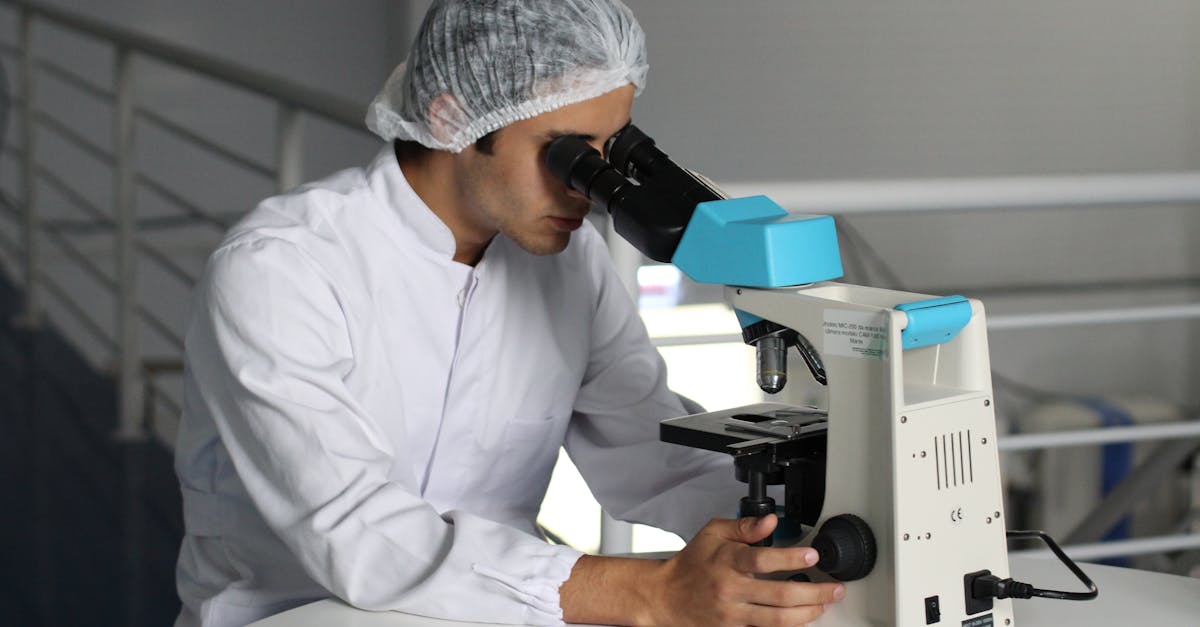Dow, the multinational corporation specializing in materials science, has released its latest financial data, highlighting significant changes and growth across various metrics. Since the spin in April 2019 through 1Q24, Dow has demonstrated a strong commitment to delivering on its promises, with industry-leading cash flow generation averaging around $22 billion. Additionally, the company's average operating return on invested capital (ROIC) between 2019-2023 exceeded the weighted average cost of capital (WACC) of 10%, reaching approximately 12%.
Amidst its disciplined and balanced capital allocation strategy, Dow has seen a reduction in net debt and underfunded pension liabilities by over $9 billion, showcasing a robust credit profile across economic cycles. The company's financial and operational discipline is further evidenced by its share count reduction of over 45 million shares, reflecting a best-owner mindset and commitment to enhancing shareholder value.
In terms of operational and financial discipline, Dow has maintained a strong investment-grade credit profile, with approximately $13 billion in committed liquidity, including cash. The company's focus on robust cash generation through the cycle is highlighted by its ~80% cash flow conversion since the spin.
Dow's strategic investments have been instrumental in driving sustainable growth and enhancing enterprise value. The company's capital allocation priorities have facilitated enhanced financial flexibility, with no substantive debt maturities until 2027 and a strong investment-grade credit rating agency adjusted net debt-to-EBITDA ratio of 2.0x-2.5x.
The company's disciplined organic growth investments have been pivotal in driving underlying earnings growth. Dow is on track to deliver over $3 billion per year in incremental earnings by 2030, with a focus on high-value organic growth projects and resiliency across its portfolio.
One of the standout projects mentioned in the press release is the Fort Saskatchewan Path2Zero project, which is set to be the world's first cracker and derivatives complex with net-zero emissions. This project is expected to add approximately $1 billion in EBITDA per year by 2030, with an operational return on invested capital (ROIC) in line with TX-9.
Furthermore, Dow's commitment to sustainable practices is evident in its efforts to drive profitable growth and decarbonization through investments aligned with its decarbonization roadmap. The company aims to grow capacity by 20% by 2030, increase EBITDA by over $3 billion per year, and reduce scope 1 & 2 emissions by approximately 15% compared to 2020 levels.
In line with its commitment to transforming plastic waste, Dow has been driving value growth through competitive innovations and technologies, waste collection, advanced and mechanical recycling, and design for recyclability. The company's collaborative global platform with customers and brand owners has led to the commercialization of 3 million metric tons per annum (MMTA) of circular and renewable solutions, set to generate over $0.5 billion per year of EBITDA by around 2030.
Today the company's shares have moved 0.2% to a price of $59.16. For the full picture, make sure to review Dow's 8-K report.


